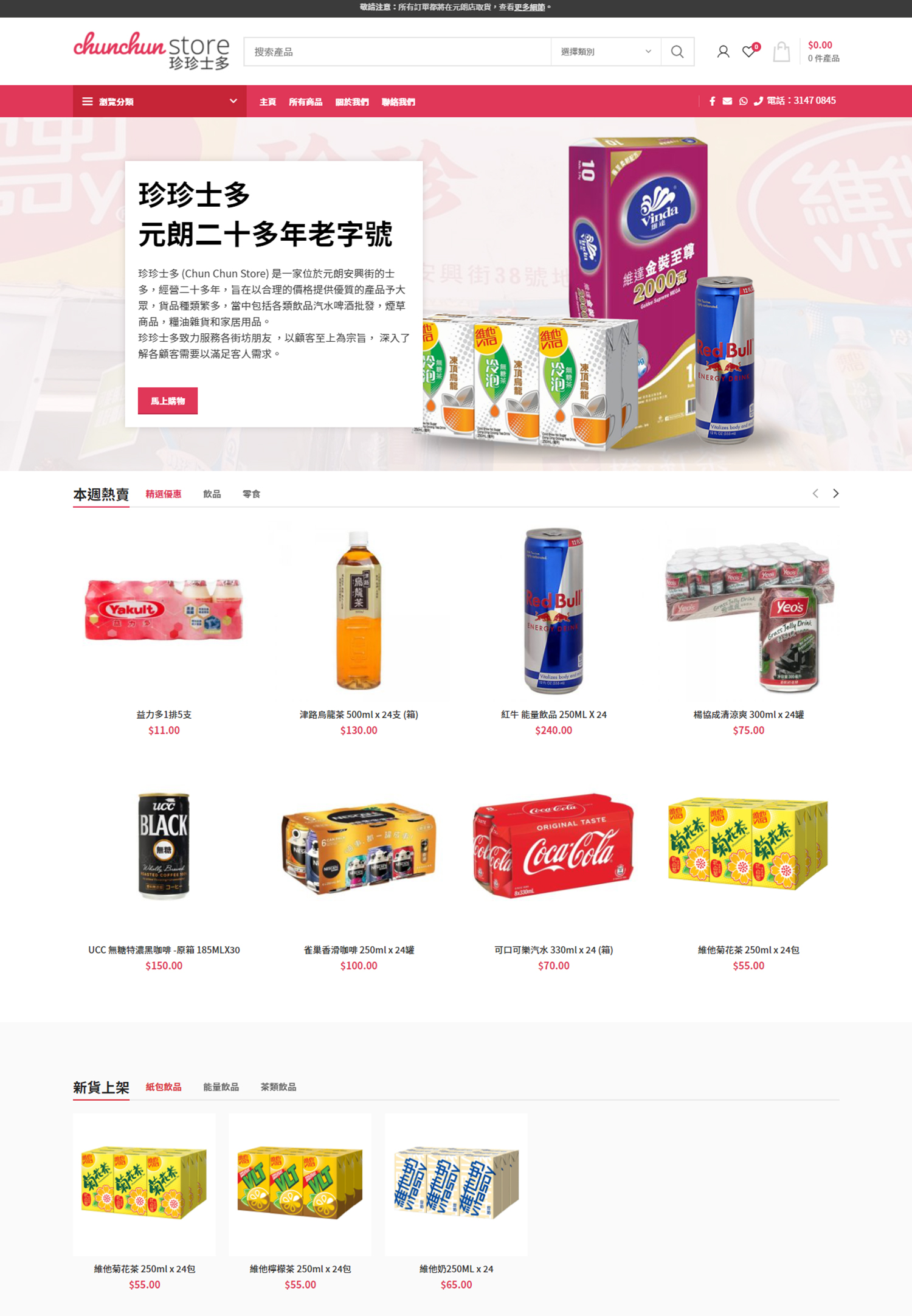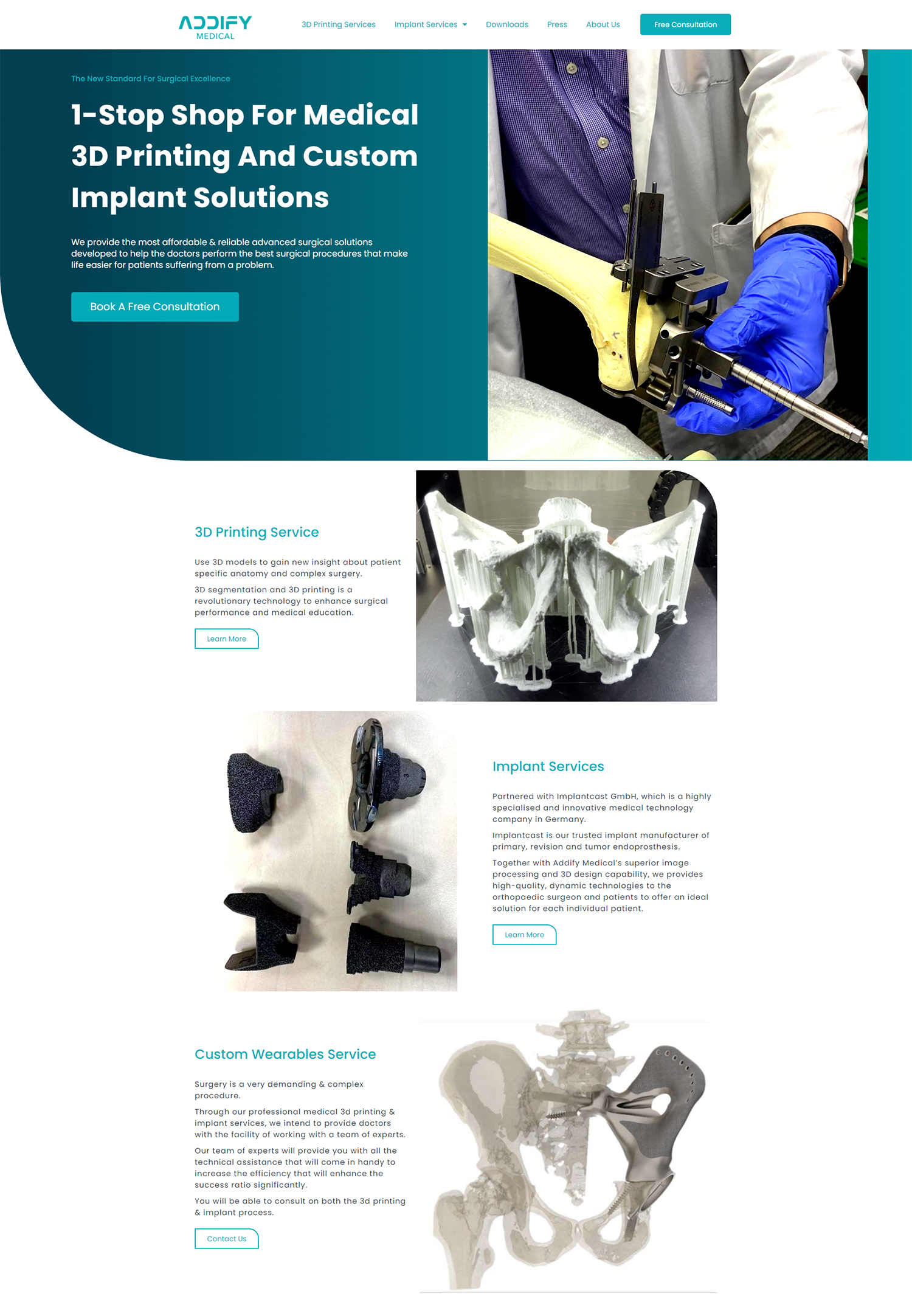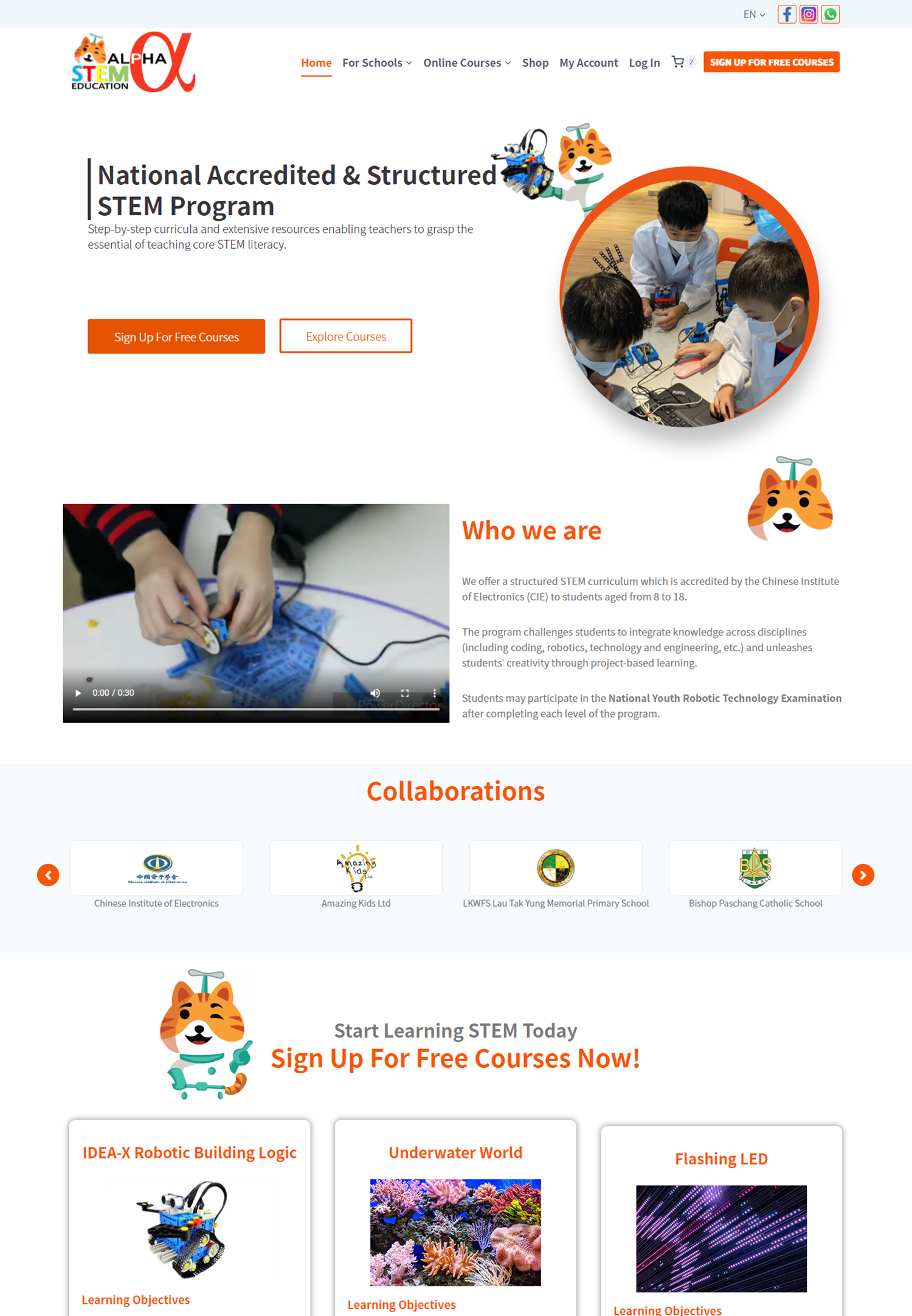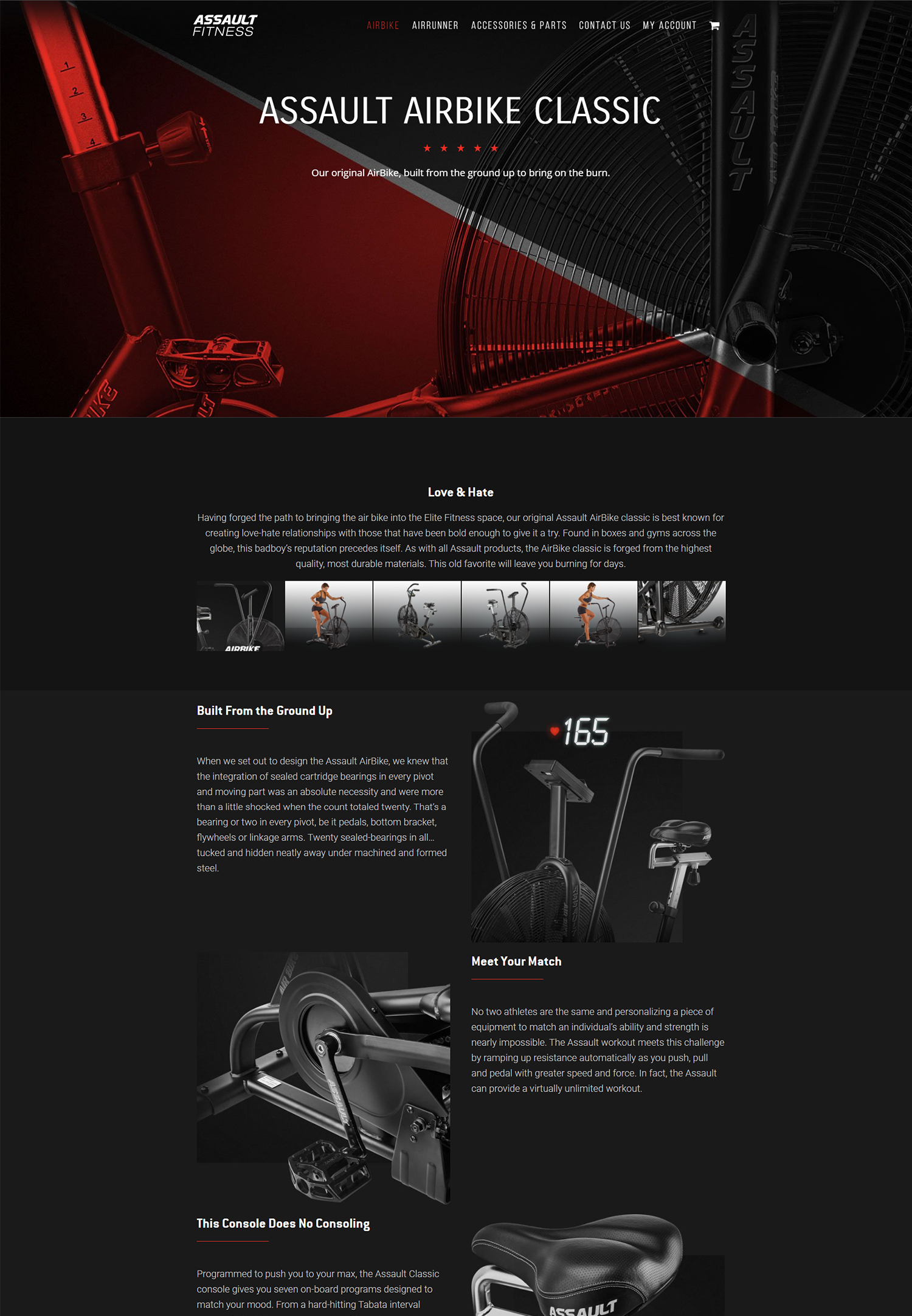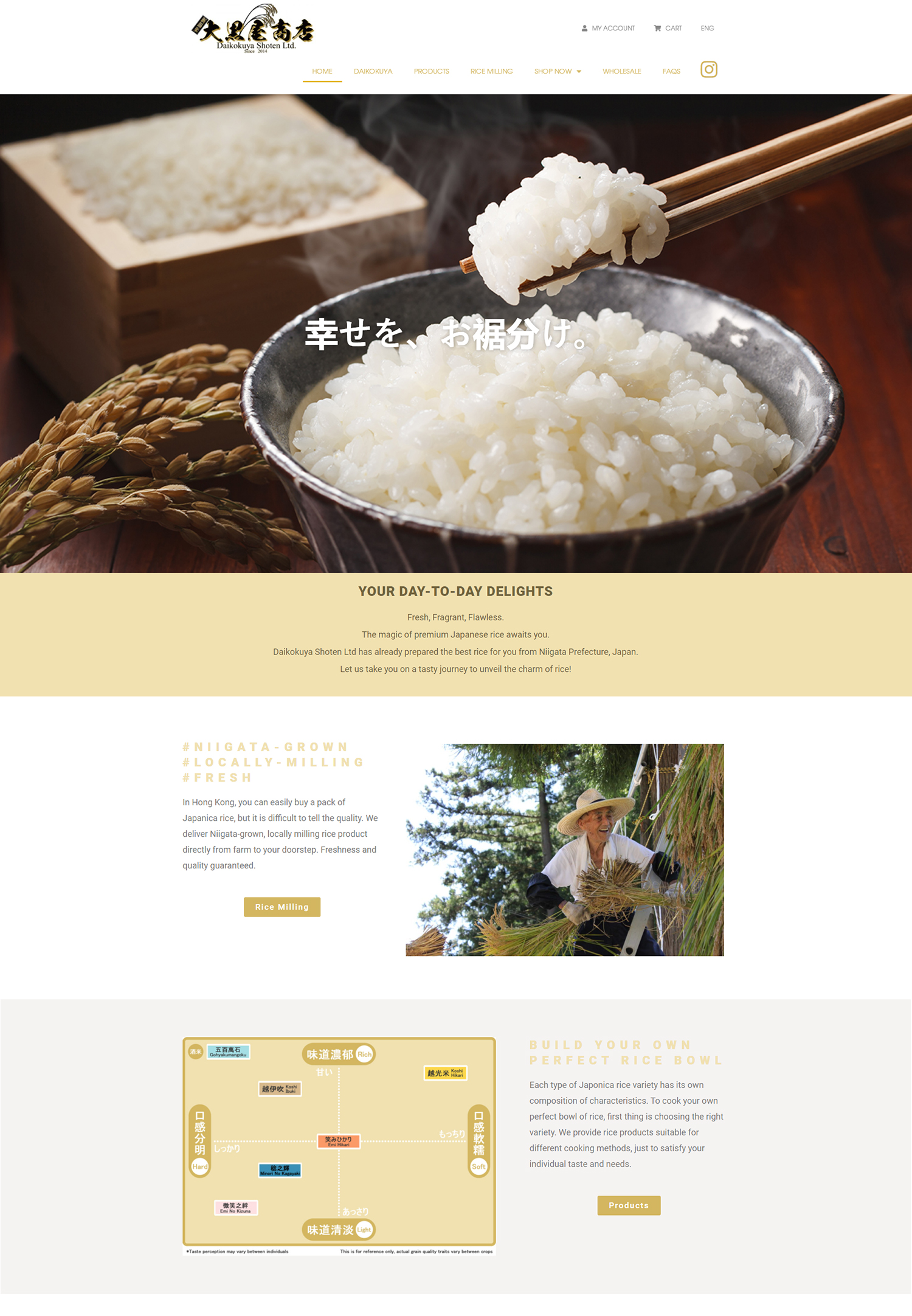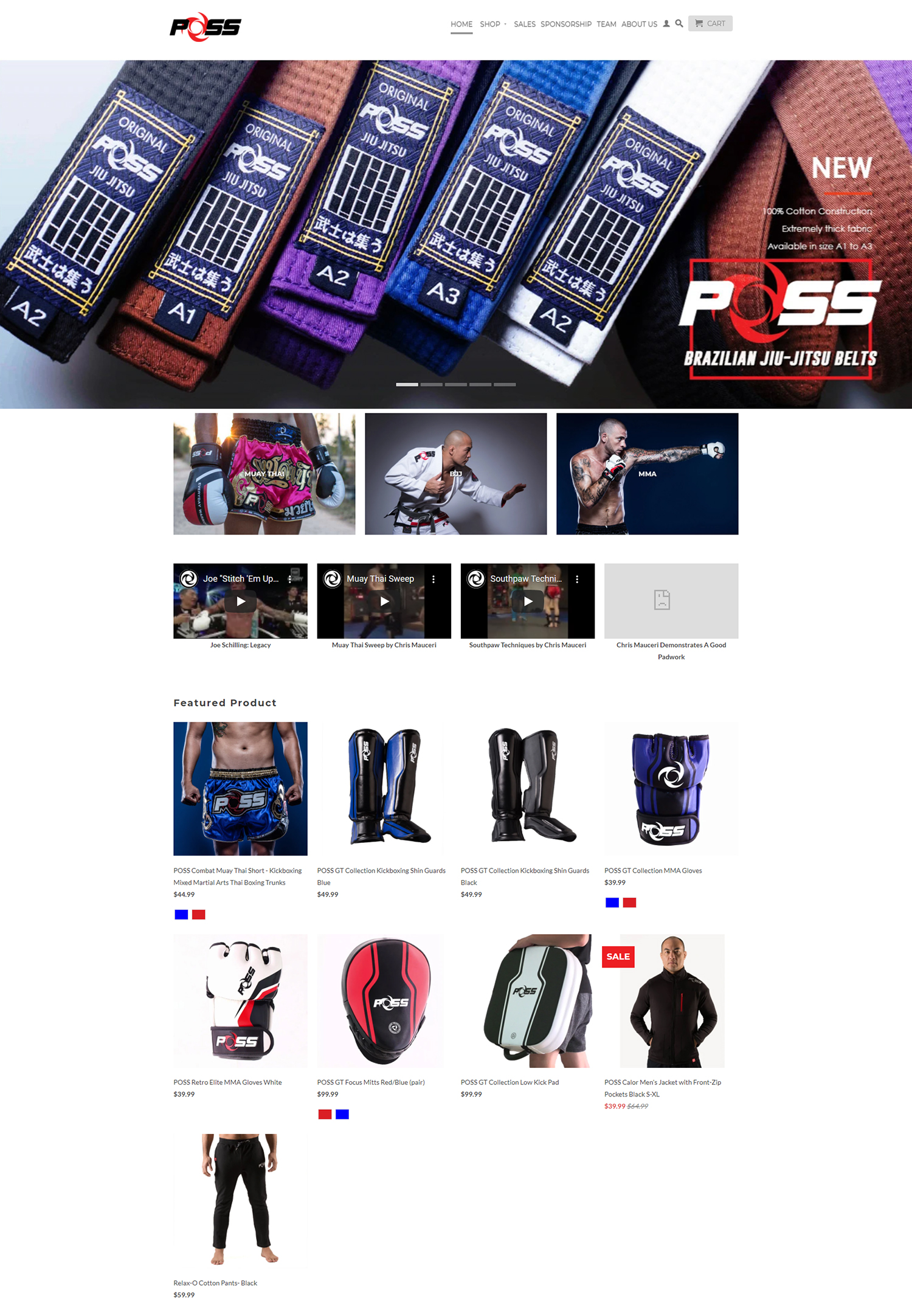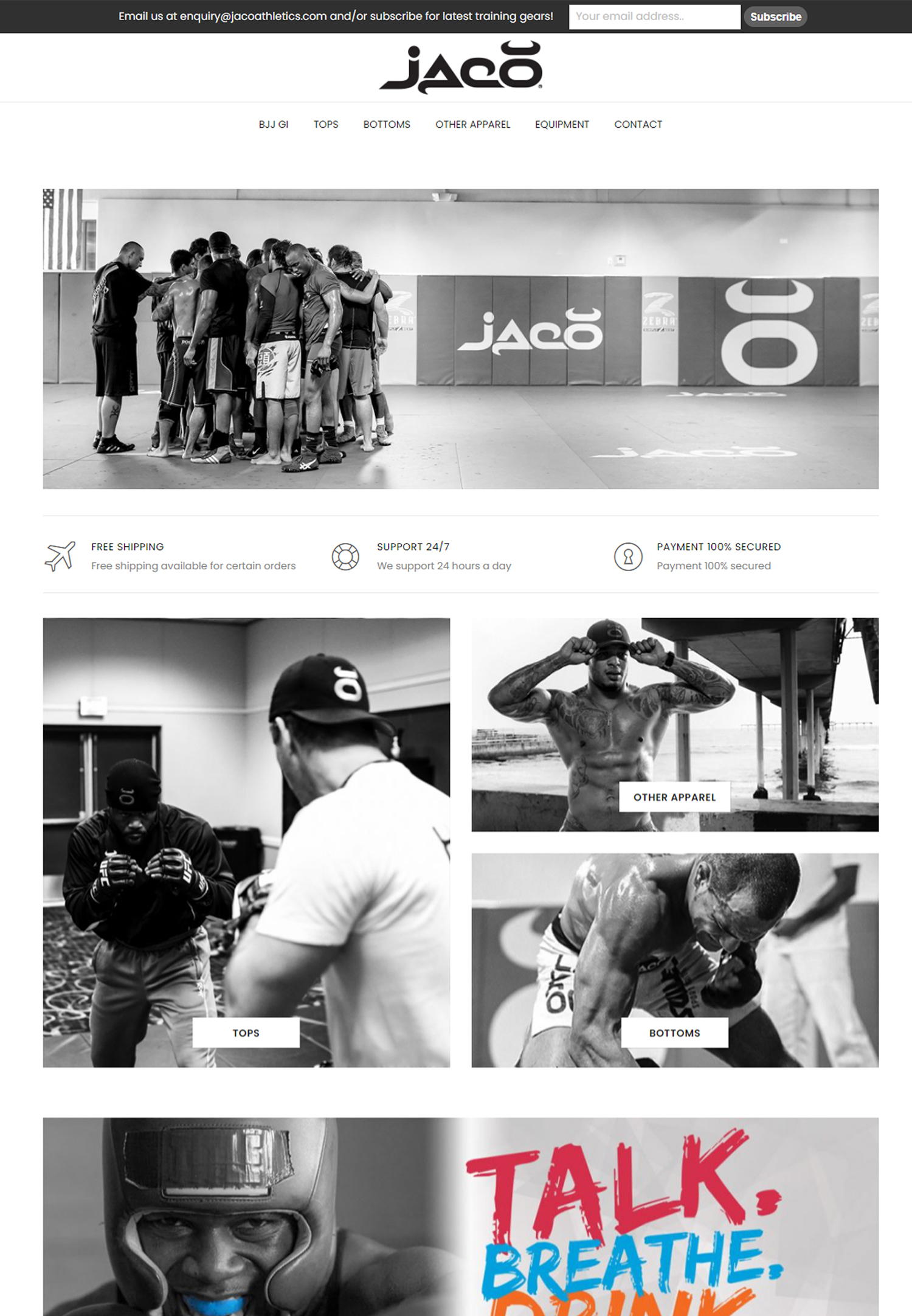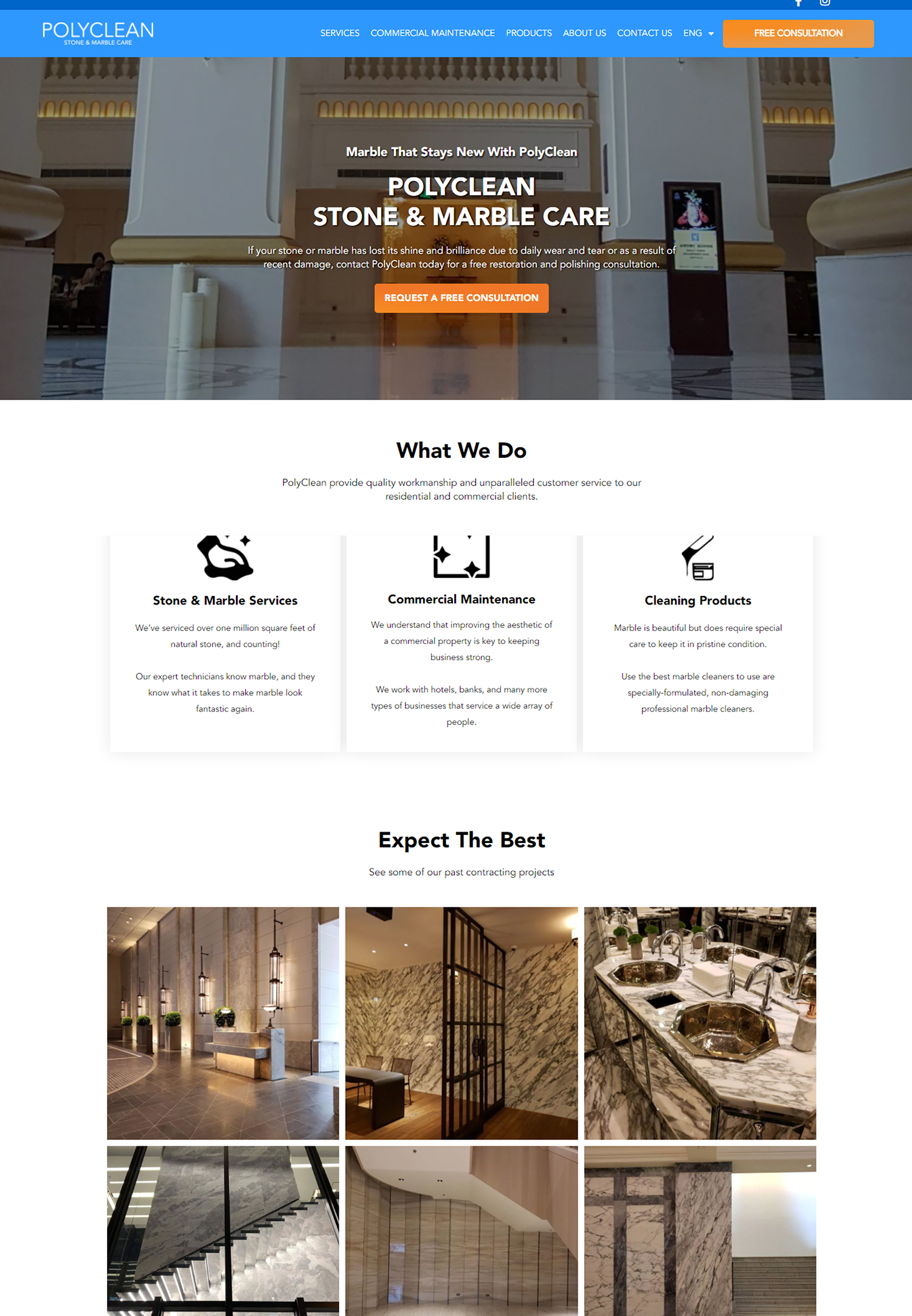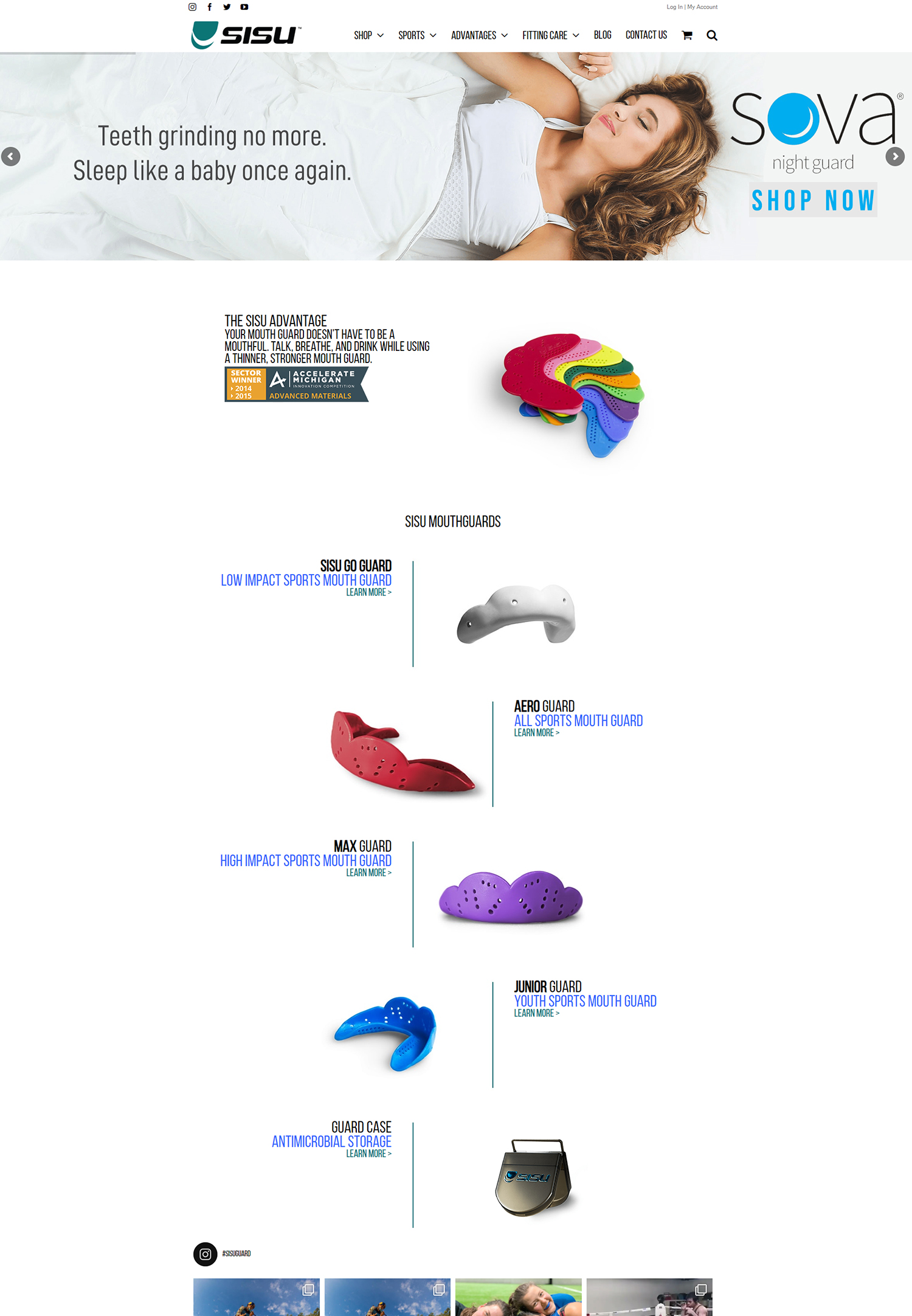In the digital landscape, we find ourselves navigating a vast ocean of information, where businesses compete for attention and engagement. Search Engine Optimization (SEO) emerges as a crucial tool in this environment, serving as the bridge that connects potential customers with our content. By optimizing our online presence, we enhance our visibility on search engines, making it easier for users to discover our offerings.
This increased visibility is not merely about attracting traffic; it is about attracting the right kind of traffic—those who are genuinely interested in what we have to offer. When we prioritize SEO, we position ourselves to generate quality leads that can ultimately convert into loyal customers. Moreover, the importance of SEO extends beyond mere visibility.
It plays a pivotal role in establishing credibility and trust with our audience. When our content ranks high on search engine results pages (SERPs), it signals to users that we are a reputable source of information. This trust is essential in lead generation, as potential customers are more likely to engage with brands they perceive as authoritative.
By investing in SEO, we not only enhance our chances of being found but also build a foundation of trust that encourages users to take the next step in their buyer’s journey.
Key Takeaways
- SEO is crucial for lead generation as it helps drive organic traffic to your website and improves visibility in search engine results.
- Identifying target keywords for blog content is essential for attracting the right audience and improving search engine rankings.
- Creating valuable and informative blog posts that address the needs and interests of your target audience can help establish your brand as an authority in your industry.
- Utilizing long-tail keywords can help target niche audiences and improve the chances of ranking higher in search results.
- Incorporating internal and external linking strategies can improve SEO by increasing the credibility and authority of your website in the eyes of search engines.
Identifying target keywords for blog content
To effectively harness the power of SEO for lead generation, we must first identify the right keywords that resonate with our target audience. This process begins with understanding the needs and pain points of our potential customers. By conducting thorough keyword research, we can uncover the terms and phrases that our audience is actively searching for.
Tools like Google Keyword Planner, SEMrush, and Ahrefs can provide valuable insights into search volume, competition, and related keywords. By analyzing this data, we can create a list of target keywords that align with our content strategy and business goals. Once we have identified our target keywords, it is essential to prioritize them based on relevance and search intent.
Not all keywords are created equal; some may attract high traffic but lack the intent to convert, while others may have lower search volumes but are highly relevant to our offerings. By focusing on keywords that reflect the specific needs of our audience, we can create content that not only attracts visitors but also encourages them to engage with our brand. This strategic approach to keyword selection lays the groundwork for crafting blog posts that resonate with our audience and drive meaningful lead generation.
Creating valuable and informative blog posts
With our target keywords in hand, we can now turn our attention to creating valuable and informative blog posts that captivate our audience. The key to successful content lies in its ability to provide solutions to the problems our readers face. By addressing their pain points and offering actionable insights, we position ourselves as trusted advisors in our industry.
This not only enhances user engagement but also encourages readers to share our content with their networks, further amplifying our reach. In addition to being informative, our blog posts should be well-structured and easy to read. We can achieve this by using clear headings, bullet points, and visuals to break up large blocks of text.
Engaging storytelling can also play a significant role in capturing our audience’s attention. By weaving narratives that resonate with our readers’ experiences, we create a connection that fosters loyalty and encourages them to return for more. Ultimately, the value we provide through our blog posts is instrumental in nurturing leads and guiding them through the sales funnel.
Utilizing long-tail keywords for niche audience targeting
As we delve deeper into keyword strategy, we discover the power of long-tail keywords in targeting niche audiences. Long-tail keywords are typically longer phrases that reflect specific search intents. While they may have lower search volumes compared to broader keywords, they often attract highly qualified leads who are further along in their buying journey.
By incorporating long-tail keywords into our content strategy, we can effectively reach individuals who are actively seeking solutions that align with our offerings. For instance, instead of targeting a generic keyword like “digital marketing,” we might focus on a long-tail variation such as “digital marketing strategies for small businesses.” This approach allows us to connect with a more specific audience segment that is likely to convert. Additionally, long-tail keywords often face less competition, making it easier for us to rank higher in search results.
By strategically integrating these keywords into our blog posts, we can enhance our visibility among niche audiences and drive targeted traffic that is more likely to generate leads.
Incorporating internal and external linking strategies for improved SEO
To further enhance our SEO efforts, we must consider the importance of linking strategies—both internal and external. Internal linking involves connecting different pages within our website, guiding users through related content while also signaling to search engines the structure and relevance of our site. By strategically placing internal links within our blog posts, we can encourage readers to explore additional resources, increasing their time spent on our site and reducing bounce rates.
External linking, on the other hand, involves linking to authoritative sources outside of our website. This practice not only provides additional value to our readers by directing them to credible information but also enhances our own site’s credibility in the eyes of search engines. When we link to reputable sources, we signal that we are part of a larger conversation within our industry.
Balancing both internal and external linking strategies allows us to create a comprehensive web of content that supports our SEO goals while enriching the user experience.
Leveraging guest blogging opportunities for increased visibility
In addition to optimizing our own blog content, we can expand our reach by leveraging guest blogging opportunities on reputable websites within our industry. Guest blogging allows us to tap into established audiences while showcasing our expertise and thought leadership. By contributing valuable content to other platforms, we not only gain exposure but also build backlinks to our own site—an essential factor in improving our SEO rankings.
When pursuing guest blogging opportunities, it is crucial for us to identify websites that align with our brand values and target audience. We should focus on platforms that have a strong online presence and a loyal readership. Crafting high-quality guest posts that provide genuine value will help us establish credibility within the new audience while driving traffic back to our site.
As we cultivate relationships with other bloggers and industry influencers through guest blogging, we create a network that can further amplify our visibility and lead generation efforts.
Optimizing blog posts for mobile and voice search
As technology continues to evolve, so do the ways in which users access information online. With the rise of mobile devices and voice search technology, optimizing our blog posts for these platforms has become imperative. Mobile optimization ensures that our content is easily accessible and readable on smaller screens, providing a seamless user experience regardless of device.
We can achieve this by using responsive design techniques and ensuring fast loading times. Voice search optimization requires us to adapt our content strategy to accommodate conversational queries. Users often phrase their searches differently when using voice commands compared to traditional text searches.
By incorporating natural language and question-based phrases into our blog posts, we can better align with how users interact with voice-activated devices like smartphones and smart speakers. This proactive approach not only enhances user experience but also positions us favorably in search results as voice search continues to gain traction.
Measuring and analyzing the impact of SEO content on lead generation
Finally, as we implement these SEO strategies, it is essential for us to measure and analyze their impact on lead generation effectively. Utilizing tools like Google Analytics allows us to track key performance indicators (KPIs) such as organic traffic, bounce rates, conversion rates, and user engagement metrics. By analyzing this data, we can gain valuable insights into which strategies are working and which areas may need improvement.
Regularly reviewing our SEO performance enables us to make informed decisions about future content creation and optimization efforts. We can identify trends in user behavior and adjust our strategies accordingly—whether that means refining keyword targeting or enhancing the quality of our blog posts. Ultimately, by continuously measuring and analyzing the impact of our SEO content on lead generation, we position ourselves for ongoing success in attracting quality leads and converting them into loyal customers.
In conclusion, embracing SEO as a fundamental component of our lead generation strategy empowers us to connect with potential customers effectively. From identifying target keywords to creating valuable content and optimizing for various platforms, each step plays a vital role in enhancing our online presence and driving meaningful engagement. As we navigate this dynamic landscape together, let us remain committed to refining our strategies and leveraging the power of SEO to achieve sustainable growth for our business.






